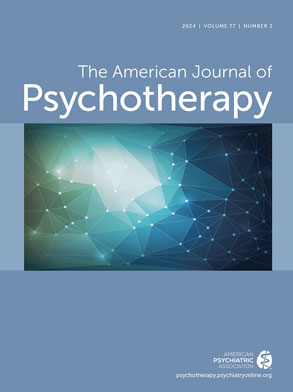Rhonda L. Dearing And June Price Tangney, Eds.: Shame in the Therapy Hour. American Psychological Association, Washington, D.C., 2011, 428 pp., U.S. $69.95, ISBN: 1433809672
Psychotherapists routinely navigate a host of problems involving avoidance and aggression associated with shame. The urge to hide, the action tendency of shame, is often realized in avoidant behavior such as substance abuse, depression, general or social anxiety, psychic numbing, cognitive efforts to undo reality, insensitivity to emotional and physical pain (both one’s own and the pain of others) and dissociation. Aggression—a costly strategy to regulate shame—may involve attacks on the self or on others. Self-attack can include behaviors like starving, cutting, burning, and suicide; attacking others can involve a threatening tone and attitude (being contemptuous, dismissive, entitled, disgusted, or enraged) or it can involve actual assault up to the level of homicide.
June Tangney and Rhonda Dearing have devoted their careers to researching and writing about shame. Now, seeking to raise awareness among mental health clinicians about the strikingly pathogenic effects of shame and offering tools across the board for regulating shame in psychotherapy, they give us this edited volume in which a group of clinicians provide guidance on how to recognize and regulate shame.
The book is divided into five sections. The first offers the perspectives of clinicians with expertise in psychodynamic, object relations, functional analytic and emotion-focused therapies as well as in the modalities of group, family, and couple therapy. The second section of the book examines shame-based clinical disorders that involve addictions, trauma, body image and eating disorders, refugees and immigrants, and patients who meet criteria for borderline personality disorder. The authors comment throughout on the importance of therapists learning to regulate their own shame and the third section, titled “Shame in the Other Chair” consists of one chapter specifically on the implications of therapist shame for therapy and supervision. The fourth section offers two chapters on therapeutic strategies that target shame specifically, Compassion Focused Therapy and the 12-session Psychoeducational Shame Resilience Curriculum. And, finally, Tangney and Dearing weigh in with a summary and thoughts about future directions for research on shame. The result is a rich and varied volume that should prove useful to many.
I will add that the variety in this volume is purposeful. The editors were interested in turning master clinicians loose on the topic of shame. Although it is clear that these particular authors were familiar with and influenced by their editors’ research, Dearing and Tangney did not dictate any particular interpretation of shame, nor did they look for agreement on how to treat shame. Nevertheless the authors agree on much that is important. All subscribe to the view of Helen Block Lewis (to whom this volume is dedicated) that the salient feature of shame is a global negative self-attribution: I am worthless, and that this contrasts with the specific, behavioral assessment of guilt: I did wrong. They agree that shame can be effectively regulated by safe (nonshaming) self-disclosure, by acceptance, and by self-compassion. They believe that attending to underlying shame is both more productive and safer than attempting to control behavior that is geared to ward off shame. And none would argue with the idea that many psychiatric symptoms are attempts to ward off or regulate shame.
My one wish is that the editors had included a chapter on the role of psychic multiplicity in shame, a topic several authors touch upon but none explore in depth. I predict that clinical work with psychic multiplicity as a nonpathologic norm will offer much to our growing understanding of traumatic shame, a venture nonetheless well launched by this volume.

